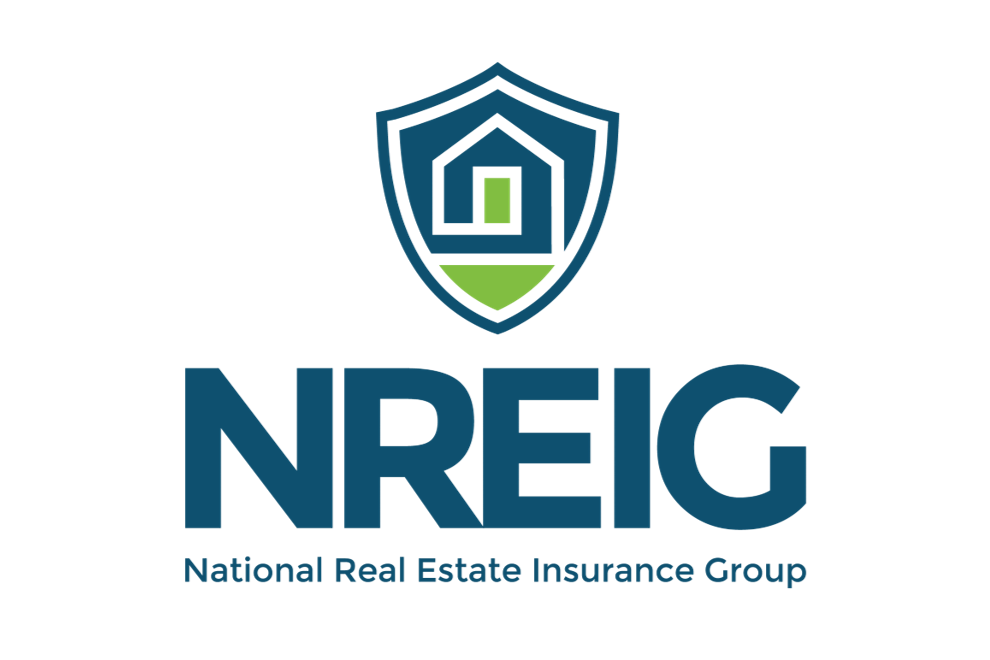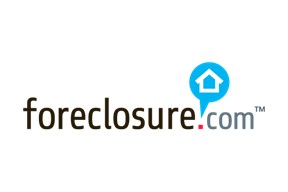If your analysis still prizes these three metrics above all else, prepare to be outmaneuvered.
Historically, three economic factors were nearly axiomatic when it came to predicting the relative soundness of a real estate market. If a region could boast a net positive immigration number, a rising number of jobs and employers in the area, and a sound, relatively recession-resistant local economy, then it was deemed a “safe” market for investing in real estate.
Ultimately, the “Classic 3” would nearly always trump any other factor occurring in a market when it came to predicting the soundness of an investment in physical property. Of course, every investor still needed to do some basic due diligence, and bad numbers could turn the best deals sour overnight if the local or national economy experienced so much as a twinge.
In 2025, simply relying on the tried-and-true processes of the past will be a recipe for investing disaster. Serious real estate investors must consider two additional economic factors when evaluating a potential investment for viability and profitability. This is especially true for those entering a new space in the industry or trying out a new strategy or a different market.
A New Take on Interest Rates
It is a known fact that interest rates affect our industry. That is not in dispute. However, because real estate investors tend to be extremely creative and are trained to work around problems rather than bulldoze through them, conventional wisdom tends to lead us away from confronting the very real impact interest rates are having on our ability to generate positive returns in a predictable way.
To make matters more complicated, the COVID-19 pandemic and associated government-run battle to suppress inflation permanently changed the way many investors think about interest rates—and not for the better.
In early 2020, the Federal Reserve dropped interest rates almost to zero in response to the global pandemic. This had a direct impact on interest rates associated with mortgages and other types of real estate loans. The rates on those loans fell to just over 3% on average in 2020 and to just under 3% in 2021. Then they jumped to more than 5% in 2022.
Although the Fed continues to promise rate cuts, the borrower perspective on what that means has widely diverged from the practical truth of what a “rate cut” really means. That 2020 butchery of rates, which was wholly unsustainable long-term and never presented as anything other than an emergency measure, simply is not repeatable. Even if the Fed keeps its “promise” (really more of a suggestive forecast) for 2025 and cuts rates at least twice, that will have little effect on a loan taken out in 2023 at nearly 7%.
For investors, that means that counting on refinancing at a lower rate in 2022 or 2023 may have been a bad call resulting in insolvency. For retail buyers and sellers, that means the mortgage on the house purchased at the nadir of interest rates will be very hard to leave behind in a move. For many, it will be impossible.
Investors evaluating new markets and strategies in 2025 must factor in the possibility that interest rates may not fall or hold steady but actually rise if inflation is not suppressed in the first half of the year. If mortgage rates continue to rise along with inflation, rental owners will not be able to raise rents, developers will struggle to raise money, and everyone will experience a dearth of materials and affordable labor.
Players in the real estate space who have been waiting for two years for a new administration to solve the interest rate problem may find themselves entirely out of luck, so a new market or strategy must have the “wiggle room” to allow generation of returns even if interest rates do not perform as hoped.
Legislation: A Powerful New Market driver
In the “Lord of the Rings,” the hobbit Frodo and his friends journey in search of a “ring to rule them all.” This ring binds anyone who places it upon their finger. Only those who are truly resilient by virtue of not being human can avoid being governed by it, even temporarily.
In real estate, everyone is ruled by something even more powerful than a supernatural jewelry item. We are ruled by laws, policies, and regulations. We have no choice. If a law exists in a market where we want to invest, we better plan to abide by it. In today’s world, legislation is playing a bigger and more influential role in real estate than ever before, and widely divergent philosophies around how housing and development should be regulated are creating stark divides between markets where investors are welcomed and those where they are left undefended or even ostracized.
For example, consider the controversial elements of “squatting,” a practice wherein a party who does not own or have any rights to inhabit a property literally breaks into the property, changes the locks, and moves in. Most investors would assume this practice is entirely illegal and, as such, infractions would be easily remedied. Sadly, in many states, these squatters can accrue more rights than the owners themselves if they manage to remain undetected for a long enough time.
They may be able to position themselves in a property indefinitely, stalling evictions and even suing for damages or demanding financial assistance in order to move on (and out). In 2025, particularly given the number of natural disasters, states and municipalities that protect the rights of property owners over those of squatters and that effect legislation permitting prompt, effective action when a squatter is discovered will play host to the most successful and attractive markets in the country.
We’re Due for a Broader Perspective
Whether an investor has been in the business a few months or a few decades, 2025 is going to be a year like no other for the real estate space. Real estate is facing the “perfect storm” as the cost of borrowing rises, rents level, and what once appeared to be manageable debt becomes slowly and steadily insurmountable.
Proceed with caution, yes, but do not be afraid to proceed. There will be many opportunities to do a lot of good in the coming year and to generate positive results for your real estate business in the process. Just be very sure you are considering every angle and factoring every economic element before committing to a new type of investment.
























0 Comments